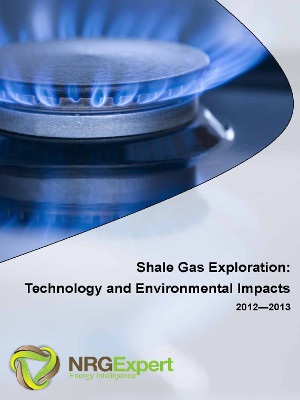Contents of Shale Gas Exploration: Technology and Environmental Impacts
This NRG Expert Briefing examines the technology and environmental impact of shale gas exploration.
Shale gas is extracted using horizontal drilling and hydraulic fracturing or ‘fracking’.
Extracting any resource from the ground is likely to raise some environmental considerations. For shale gas extraction, the main environmental concern is contamination of the water supply. Carbon emissions may also a concern.
This report looks at Exploration Technologies (with a focus on Horizontal Drilling, Hydraulic Fracturing or “Fracking,” and other “Unconventionals”), Costs of Exploration, and Environmental Impacts (including risks to the ground water supply). The report also looks at policy in the USA, policy in Canada and carbon emissions.
Shale Gas Exploration Contents
Introduction
Shale Gas Exploration technologies
> Horizontal drilling
> Hydraulic fracturing or ‘fracking’
> Other ‘unconventionals’
Costs of shale gas exploration
Environmental impacts of Shale Gas
> Risks to the ground water supply
> Shale Gas Policy in the USA
> Shale Gas Policy in Canada
> Carbon emissions






